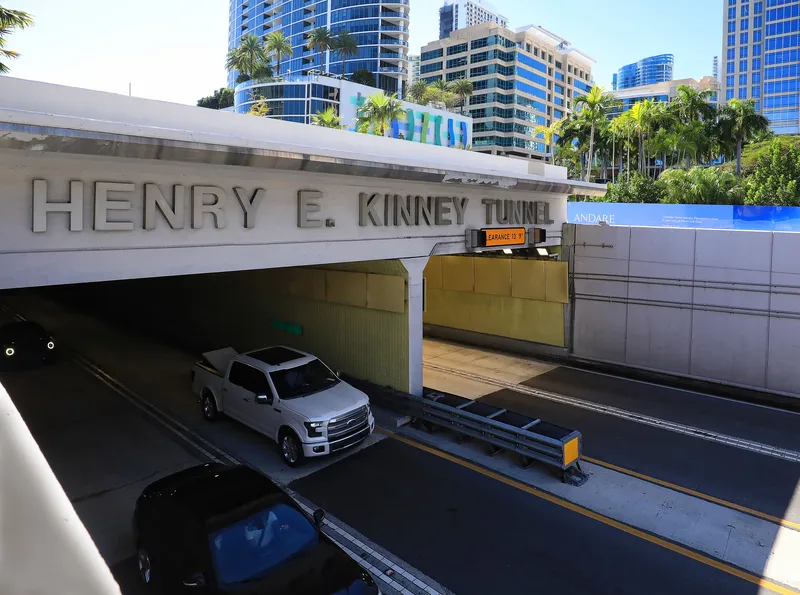
West Virginia Division of Highways (WVDOH) has deployed Q-Free’s customisable Kinetic Mobility advanced traffic management system (ATMS) across 35,000 miles of state roads, in all 55 counties.
From the mix-and-match modular system, WVDOH deployed the Event Management, Signs, and Video modules, and plans to add modules including Counts, Weather and Travel Time in the future.
Open standards compatibility means these can also be integrated with the West Virginia Parkways Authority, the state’s 511 system, and 24 e-911 centres, as well as partnerships with local news outlets and other state agencies.
Q-Free says Kinetic Mobility is the first scalable ATMS platform "that integrates all ITS devices into a single decision-making dashboard across freeways and arterials, eliminating the need for patchwork solutions".
Enhanced automation features "reduce human error, free operators to focus on more complex tasks, and expedite the dissemination of critical information to the public", the manufacturer adds.
“In feedback, our other customers tell us they appreciate Kinetic Mobility for its ability to replace a variety of cobbled-together traffic management systems, but also for its cost effectiveness since agencies are only buying exactly the modules they need," concludes Q-Free CEO Mark Talbot.










